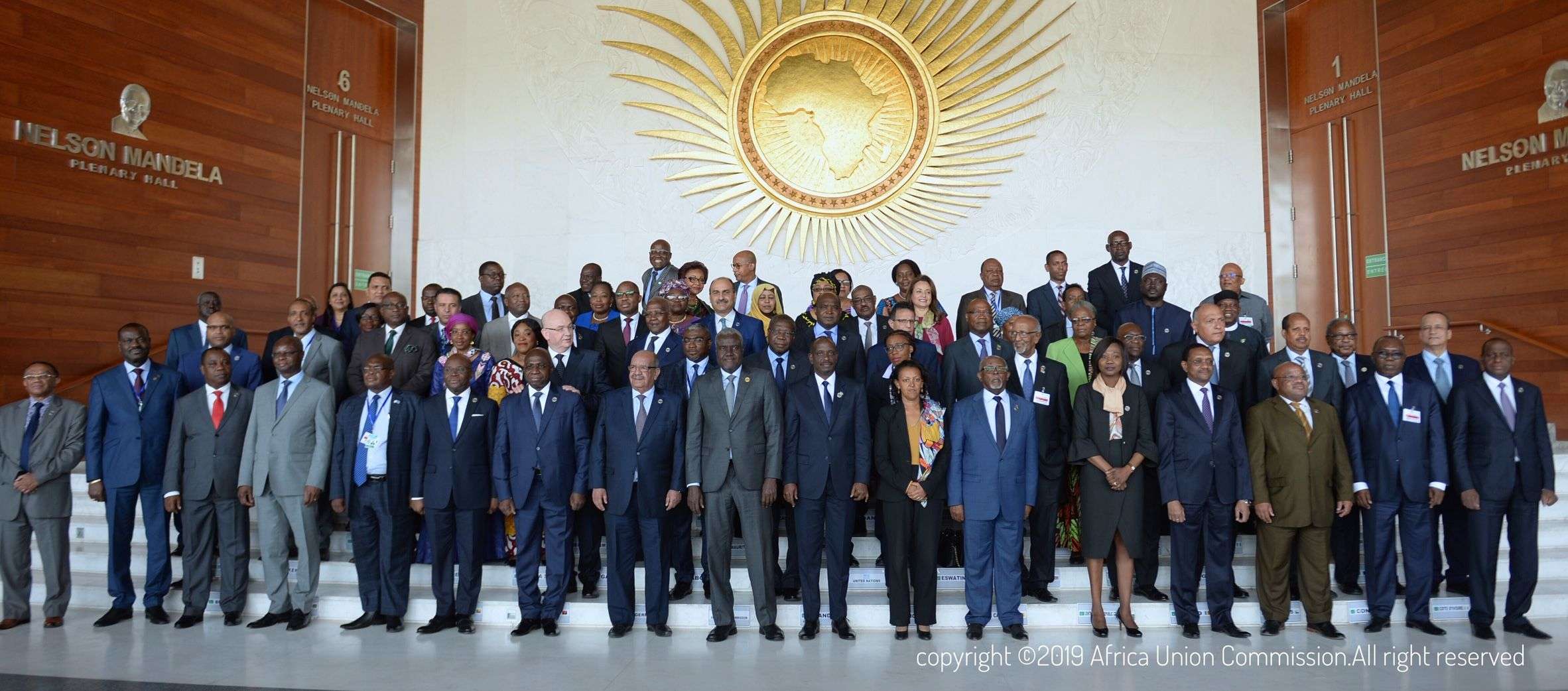Engineers in Beijing are now racing against time to evaluate repair options. While remote patching using the station’s robotic arm is under consideration, the most likely solution involves the crew hitching a ride home on the newly arrived Shenzhou-21 capsule, which docked last week carrying fresh personnel. This “lifeboat” strategy, built into China’s contingency protocols, could see all six astronauts returning together as early as 12 November, with the damaged module jettisoned for a controlled burn-up over the Pacific
[/full]
The Weekly Vision Reporter
China’s space programme faced an unprecedented crisis last week when the return capsule of the Shenzhou-20 mission was damaged by space debris, leaving three taikonauts temporarily stranded aboard the Tiangong space station.
The China Manned Space Agency (CMSA) confirmed the incident on Wednesday, revealing that tiny fragments, likely millimetre-sized remnants of defunct satellites, struck the capsule’s heat shield, compromising its ability to withstand the fiery plunge through Earth’s atmosphere.
Commander Chen Dong and crewmates Chen Zhongrui and Wang Jie had completed a successful six-month tour, conducting experiments and spacewalks to bolster the station’s debris defences. Their scheduled return on 5 November was abruptly halted when sensors detected a high-velocity impact. High-resolution imagery later showed clusters of microcracks and pitting across the capsule’s thermal protection system, rendering it unsafe for re-entry.
Engineers in Beijing are now racing against time to evaluate repair options. While remote patching using the station’s robotic arm is under consideration, the most likely solution involves the crew hitching a ride home on the newly arrived Shenzhou-21 capsule, which docked last week carrying fresh personnel. This “lifeboat” strategy, built into China’s contingency protocols, could see all six astronauts returning together as early as 12 November, with the damaged module jettisoned for a controlled burn-up over the Pacific.
The incident has thrust the growing menace of orbital debris into sharp focus. Over 36,000 trackable objects, plus millions of smaller, unmonitored fragments, now crowd low Earth orbit, turning routine missions into high-stakes gambles. At Tiangong’s altitude of 390 km, the risk of collision is rising fast, driven by exploding satellite constellations and ageing rocket stages.
Experts warn that without urgent global action, we may be nearing “Kessler syndrome”, a runaway chain of collisions that could render entire orbital zones unusable for decades. China’s response includes enhanced shielding and real-time threat monitoring, but long-term salvation demands international cooperation: binding rules for satellite disposal, active debris removal missions, and shared tracking data.
For now, the taikonauts remain calm and well-supplied aboard Tiangong, a testament to robust engineering and crew training. Yet this close call serves as a stark reminder: space, once a frontier of possibility, is becoming a junkyard, and the clock is ticking to clean it up before the next strike proves fatal.
[/full]
To unlock the full article:
Choose one of the options below:
- Ksh 10 – This article only
- Ksh 300 – Monthly subscription
- Ksh 2340 – Yearly subscription (10% off)





